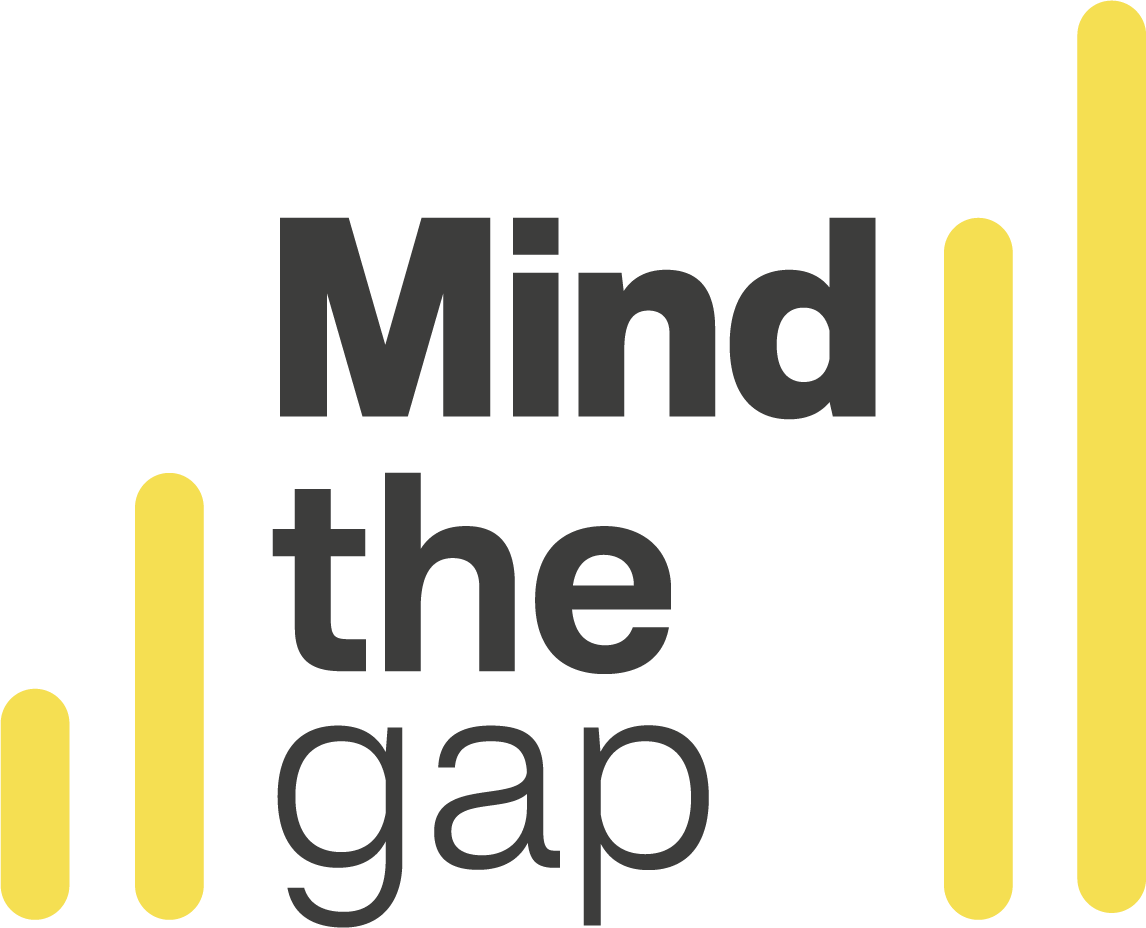Puls einer Stadt - An inclusive digital community project for newcomers to ballet
Organisation
Wiener Staatsoper, Austria
The Wiener Staatsoper Community and Outreach department offers young audience productions alongside creative engagement programmes aimed at children, teenagers, young adults and local communities.
Project
In October 2021, the Community and Outreach department worked with the local grassroots community and dance organisation Tanz die Toleranz to create “Puls einer Stadt”, a digital community project inspired by the 1983 Jerome Robbins ballet Glass Pieces.
www.wiener-staatsoper.at/en/staatsoper/media/detail/news/puls-einer-stadt/
Participants
Local and wider communities
Key persons
Krysztina Winkel, Community and Outreach, Wiener Staatsoper
Nastasja Fischer, Dramaturge, Wiener Staatsballett
Monica Delgaduillo-Aguilar, Head of Tanz die Toleranz
Katharina Senk, Workshop Facilitator, Tanz die Toleranz
Balázs Delbó, Videomaker
Project outcomes
Encouraged participants to creatively engage with themes, choreographies and music by Wiener Staatsballett’s production and express and share their own ideas with others.
Enabled participants who were unfamiliar with ballet to feel more comfortable attending performances in person.
Improved the visibility of the Community and Outreach department within the organisation
Increased the visibility of the opera house’s education work with the general public
Context
The project was part of Wiener Staatsoper’s Dance Lab, a participatory programme in which participants develop their own performance inspired by themes from the opera season. “Puls einer Stadt” was initially conceived as a youth project, but when rehearsals had to be cancelled due to Covid-19 restrictions the decision was made to open up the project to involve adult participants, with a focus on those who were not familiar with the ballet and had not attended performances in the past. Participants included youth and adults from the local community, migrants and refugees, senior citizens, people with physical disabilities and with mental health issues.
Alongside in-person workshops at Kulturhaus Brotfabrik in the 10th district of Vienna, participants created short video clipsinspired by the question "How do we move in the city?" and “What’s the pulse of the city?”. Over 50 clips were submitted by workshop participants as well as people from all over Austria, Germany and France and edited together into a 2-minute video that featured amateurs alongside professional dancers from the Wiener Staatsballett.
Approach
Wiener Staatsoper worked with Tanz die Toleranz to reach out to communities from the low-income and diverse Favoriten area. The team ensured accessibility by holding workshops on the ground floor, formulating all communication materials in accessible language and inviting participants of any experience level to work with their own bodies’ abilities. In-person meetings were offered on a “drop-in” basis that enabled people to participate without having to commit to weekly workshops. Participants filmed their video clips on their own smartphones in their own time. Those who didn’t have their own device or lacked the technical abilities were given access to a professional videomaker during workshops.
Results
The hybrid format of “Puls einer Stadt” enabled Wiener Staatsoper and partner Tanz die Toleranz to involve participants who were unable to commit to regular in-person workshops or who were unable to do so in the context of the health crisis, as well as people from outside the Vienna area.
The Community and Outreach department, which was founded relatively recently, believes that the digital aspect of the project improved their visibility across the various departments of the opera house and helped evolve internal communication around education work. At the same time, quantifiable social media interaction provided the department with metrics as to public interest in their activities.
Finally, feedback from participants was globally positive, with many reporting during feedback sessions that the project had helped to “break down barriers” and that they would now feel more comfortable attending performances in person.
Lessons learned:
When creating digital work to be shared online, copyright needs to be taken into account. “Working out how to conserve the feel and the vibe of Glass Pieces without using copyrighted music or choreography was a very interesting and challenging process,” says Krysztina Winkel.
Manage expectations and set clear boundaries. When participants create work on their own at home, the process is very different from a collective co-creation process in a workshop. “People provide something that is highly personal, but it is the project leader (or editing video-maker) who has the final say on what is done with it. It’s very important to be clear about that process,” says Krysztina, “You need to offer space for artistic freedom but also set clear boundaries. If there is too much complexity and freedom, people can struggle.”
Go outside! After months of lockdown, we tend to associate digital projects with Zoom screenshots and backdrops of people’s living rooms. Krysztina recommends getting outside and taking advantage of scenery and props offered by urban spaces.
